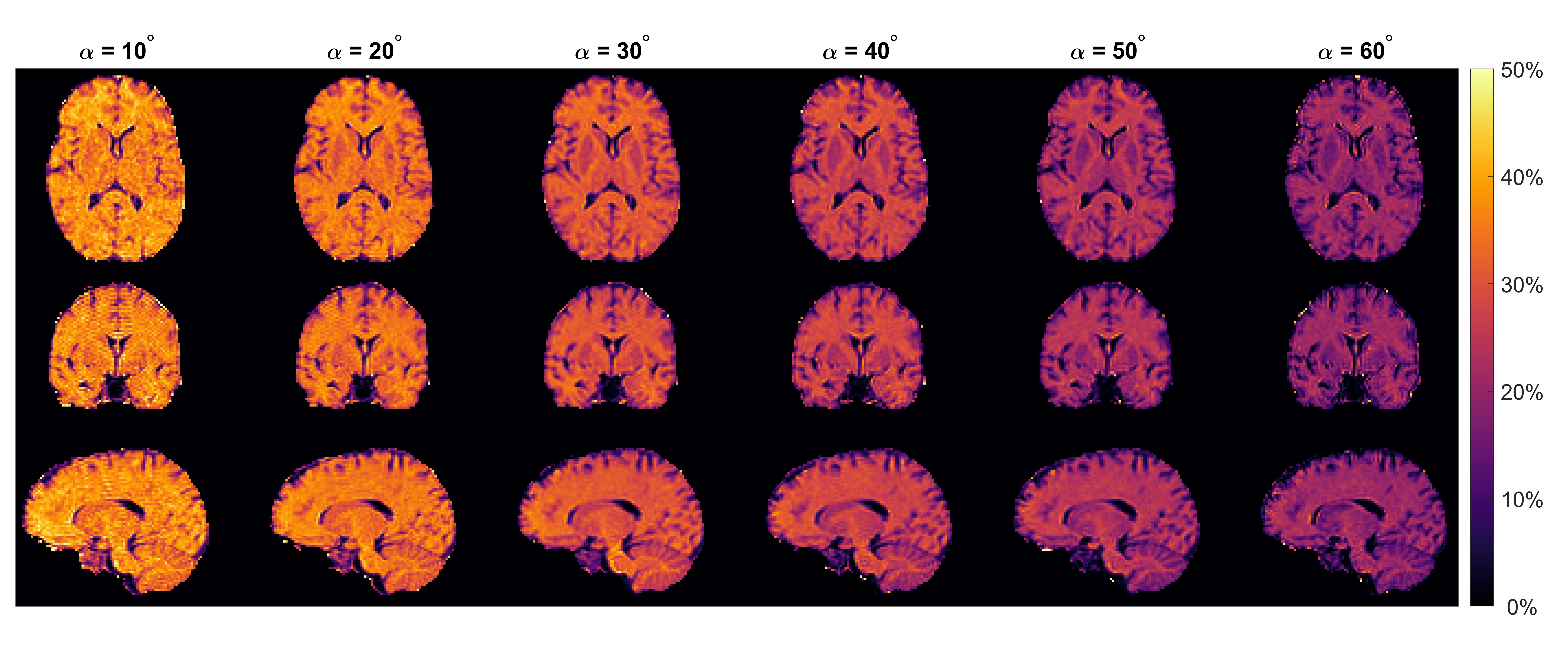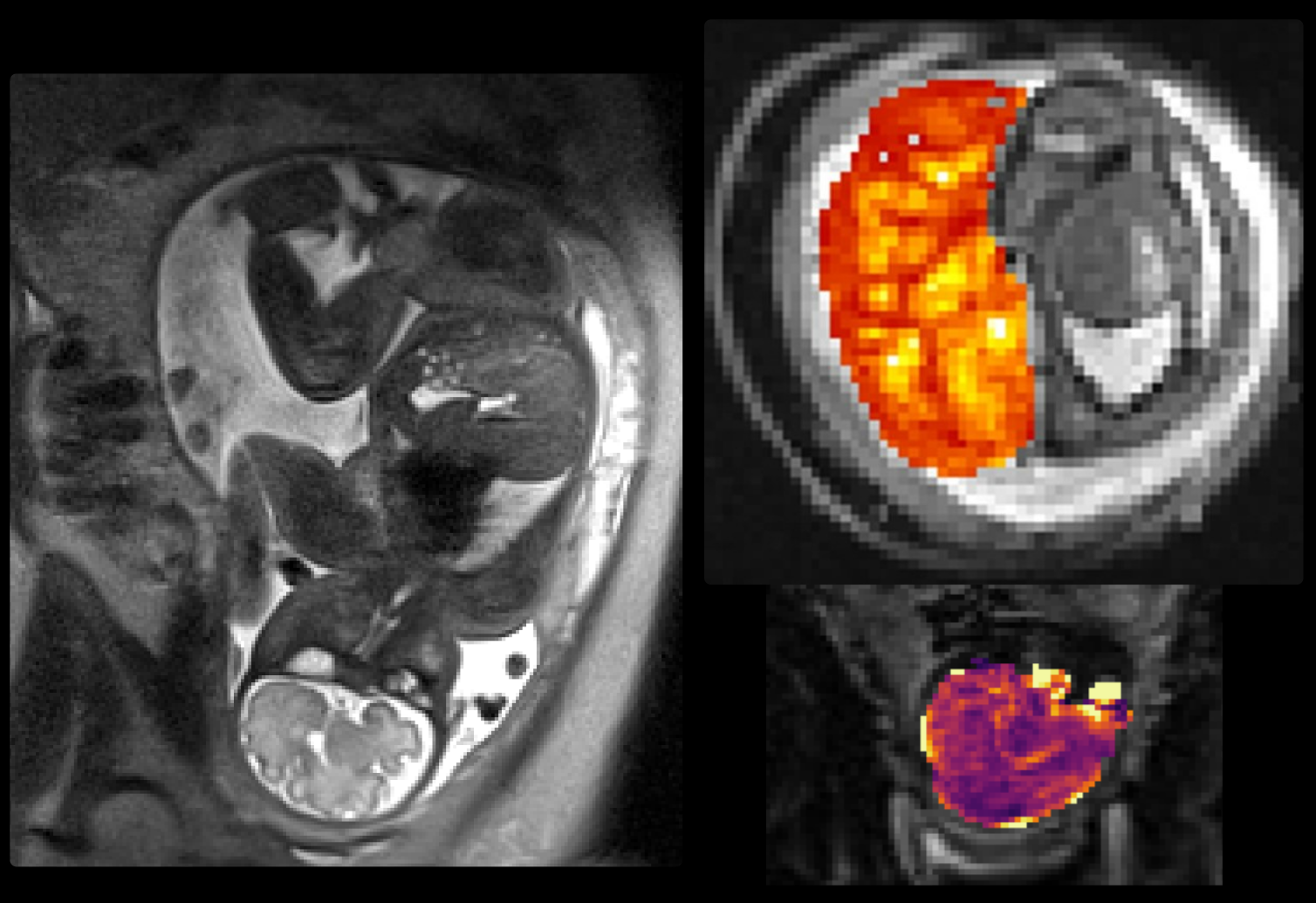Pillar 4: Pillar: Low-field MRI
Magnetic resonance imaging (MRI) remains expensive and complex to deploy. Costs and waiting times remain higher than X-ray, CT and ultrasound, and an estimated 90% of the world population has limited or no access to MRI. A key factor to high costs and reduced patient experience is the drive to improve signal to noise ratio by increasing the static magnetic field (B0). However, the growing availability of noise separation methods, combined with accelerated acquisitions, and the rise of Artificial Intelligence (AI) is creating a chance to break the high-field trend.
Academic groups and industry are proposing low B0 systems that balance cost, utility, sustainability and patient needs. The Centre is well placed to exploit this opportunity due to its hospital-embedded engineering expertise and strong partnerships with industry, including Siemens and Hyperfine who have recently launched radical new low field products (0.55T and 0.064T, respectively) both being deployed at the Centre.
The Centre is already supporting research on getting the most out of low-field scanner hardware by optimising sequences for desired signals as a function of all available control variables, advancing motion insensitive MRI, exploring redundancies in MRI examinations using AI, and developing in-bore virtual reality to transform the patient experience.
Current work on underpinning research to catalyse key aspects of low-field MRI as it emerges as a transformative technology includes:
- Imaging methods that harness the opportunity to work at much higher amplitude radio frequency fields.
- Redesigned continuous examinations that maximise signals acquired per unit time.
- A new total brain exam that combines ultra-low field MRI with other sensing modalities.
- A new temperature mapping capability that outperforms the current standard method.
For the new era of low-field MRI to achieve its full impact there needs to be many changes in the established ways that MRI systems are operated and deployed. We have identified four foci of potential innovation where research that breaks out of established norms could substantially contribute to maximising the role of low-field systems leading wider accessibility and increased utility through new contrast balances, more efficient examinations, new modes of working and more effective image-guided interventions. Driving down magnetic field strength while retaining or enhancing information extraction, potentially with lower requirements on operator skill can dramatically alter the cost and accessibility of MRI, changing its role in healthcare and opening up new locations away from hospitals and in countries with less infrastructure.



